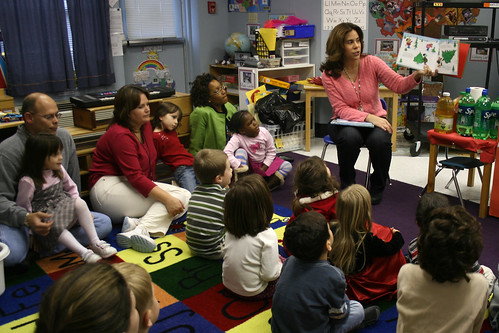I was delighted to be able to attend one of the many drumming and dancing events today to support the Attawapiskat Chief Theresa Spence and justice for all the indigenous people of the lands on which we live. I was delighted to be able to attend as a teacher, a trade union member and a representative of others in our community who want to stand with our First Nations to combat the injustices of the Federal government and the disregard for natural world.
The First Nations of what is now called Canada have been subject to centuries of injustice, beginning with the theft of their land, the genocidal obliteration of some of their peoples, the interference with their culture and ways of being, and the terrible mistreatment of their children in residential schools.
If you are a teacher reading this post, please take the time this holiday to learn more about the history of residential schooling and how we can help to educate about this injustice at the Project of Heart, where you will find history, resources, and community: http://www.projectofheart.ca/
If you are a teacher reading this post, please take the time this holiday to learn more about the history of residential schooling and how we can help to educate about this injustice at the Project of Heart, where you will find history, resources, and community: http://www.projectofheart.ca/
Sadly, the legacy of these crimes is still here.
Today, in what ought to be a more enlightened time, the injustices continue with the Highway of Tears, with the failure to live up to treaty obligations, and most recently with the passage of Bill C 45 - yet another theft from aboriginal peoples and their land.
Bill C 45, just passed, was developed without the required consultation with First Nations. It changes the voting procedures for ceding rights for purposes such as pipelines and power transmission. The Bill will make it easier for industrial projects to interfere with traditional lands and territories and waterways.
In October, I was taken aback by the thousands of people on the lawn of legislature who came together to protest the Enbridge pipeline, the tar sands, and the proposal for tankers on our coast. That protest was so amazing because of the solidarity between environmentalists, social justice activists, trade unionists and First Nations. It reminded me of the 1999 "Battle of Seattle" when seemingly disparate groups of people came together to demand justice for the world's citizens.
Idle no more is attracting the same type of solidarity. Read this excellent letter of support from the President of the Canadian Union of Postal Workers, as just one example: http://www.cupw.ca/index.cfm/ci_id/14420/la_id/1.htm
Whether it is the Occupy movement's calls for a fair distribution of wealth, the environmental call for the respect of our planet, the First Nations demanding respect and justice and rights, or workers seeking dignity and democracy, we are all, hopefully, idle no more.



.JPG)
